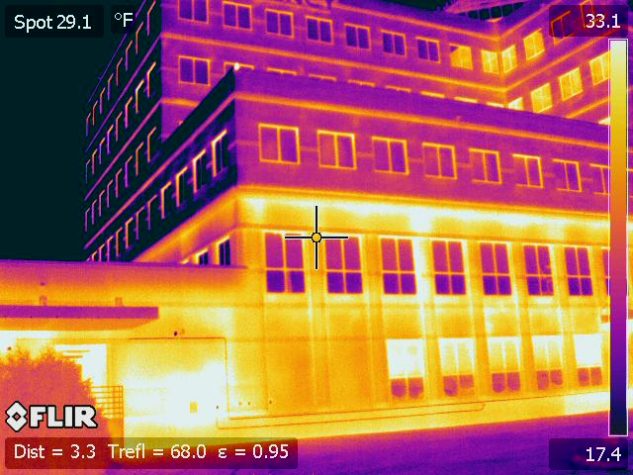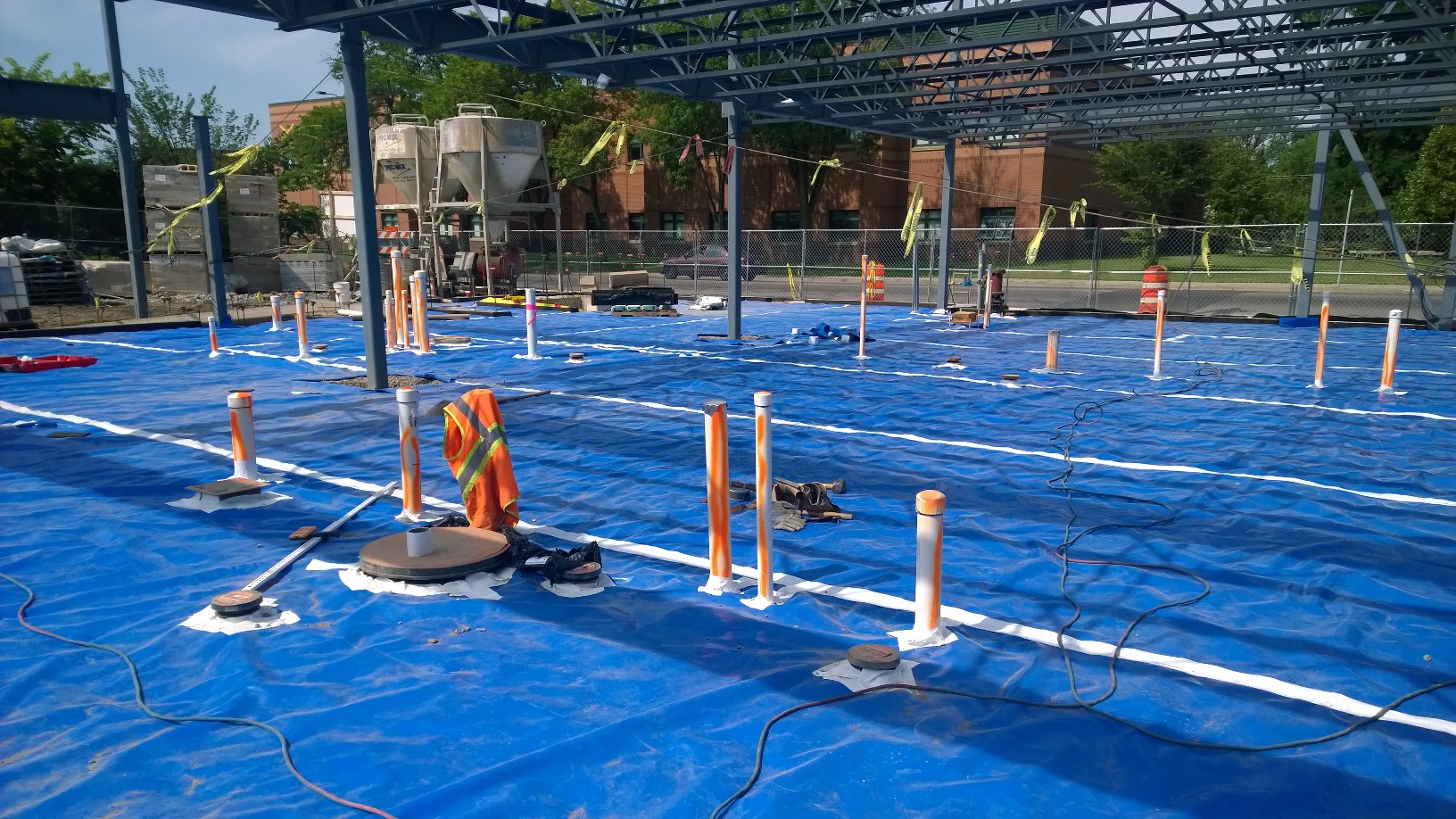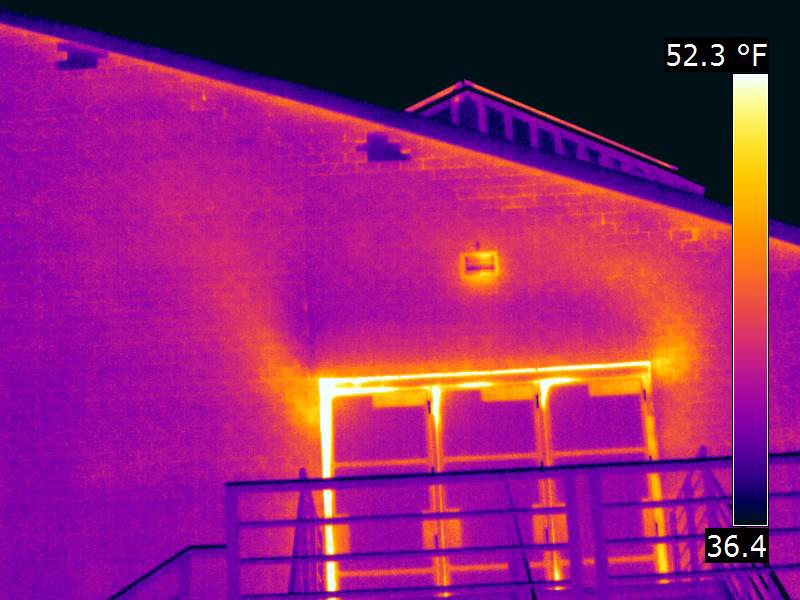
Building code and fire inspection officials recently began strict enforcement of code requirements for firestopping inspections.The International Building Code (IBC) 2012, Section 1705.16 states that firestop inspections shall be included as part of the mandatory special inspections for high-risk facilities. But what is firestopping and is my building considered high-risk? Fill out the form below to watch a recorded version of our firestopping webinar....
Read More






